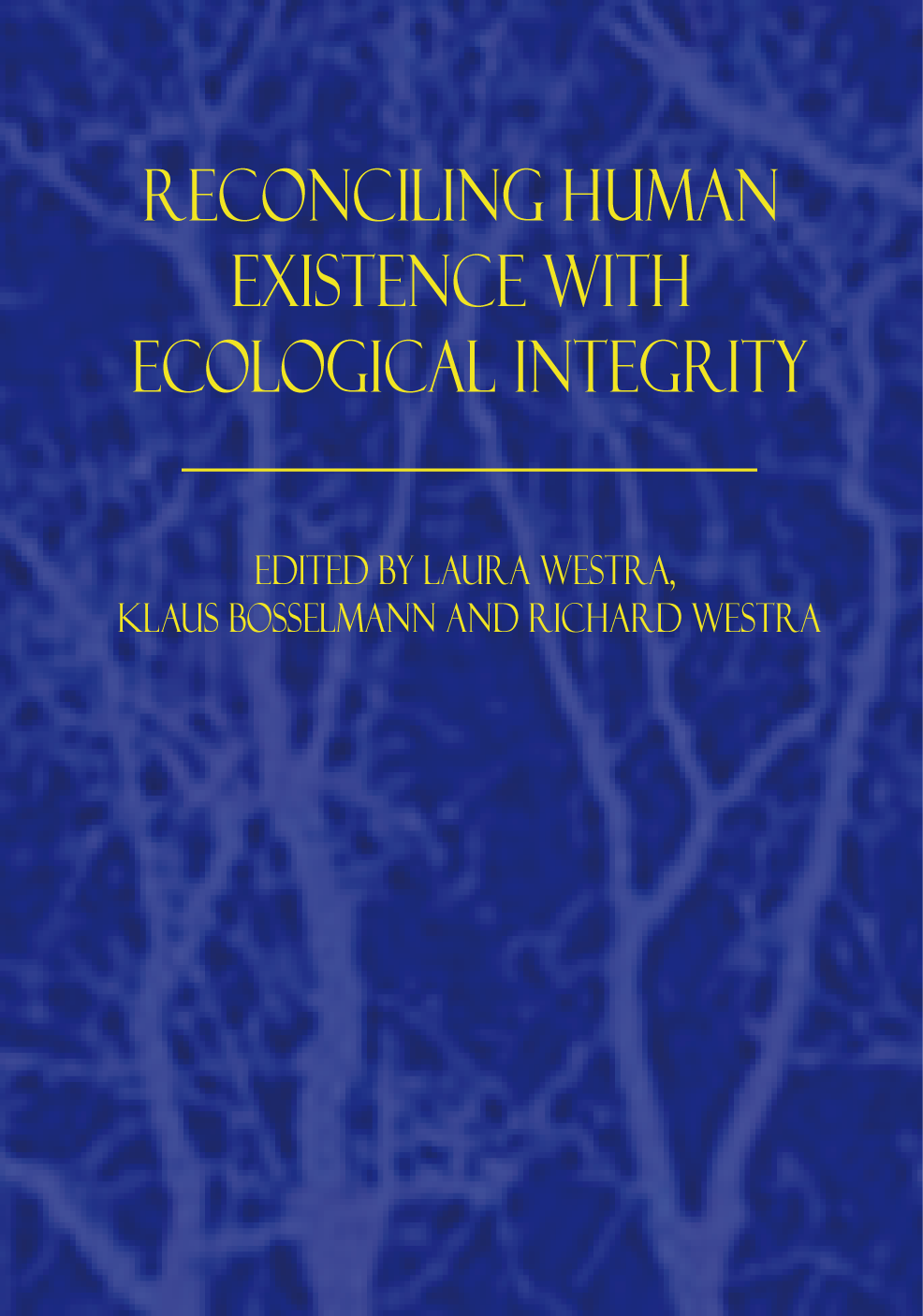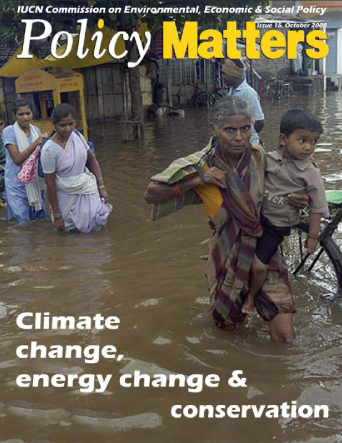Dear Aubrey
I hereby support your outstanding "Contraction and Convergence" with optimism.
Very best
Robert Goodland
"Contraction and Convergence (C&C) is a global framework for reducing GHG emissions to a safe level. C&C was designed by the Global Commons Institute for the Intergovernmental Panel on Climate Change and the UN Framework Convention on Climate Change.12 Longtime industrialised countries, which have produced the bulk of greenhouse gases, bear a much larger burden in preventing climate change; therefore they will have to play a leadership role, both regarding drastic emissions reduction and development of low- or no-carbon technologies to provide room to poor developing countries for economic development within the boundaries of a global carbon regime. C&C is based on the science of limits and the principle of carbon justice, striving for convergence to equal-per-capita emissions rights, assisted by a medium-term, multistage approach accounting for differentiated national capacities. “Contraction” means global emissions are reduced in total over time so the concentration of greenhouse gas in the atmosphere stabilises at a level low enough and soon enough to prevent dangerous rates of climate change from taking hold. “Convergence” means that subject to this global limit, initial entitlements to emit carbon are distributed to all the countries or regions of the world with an agreed process of convergence to equalise per capita emissions entitlements across the planet. During contraction and convergence, entitlements are assumed to be tradable and hence must be capped, with quotas initially distributed to the government, which then auctions them to users who are allowed to re-sell them. C&C also could work using the carbon tax rather than cap and auction-and-trade."
Climate change and the energy crisis Alleviating climate change
Robert Goodland and Simon Counsell
Contraction and Convergence (C&C) is a global framework for reducing GHG emissions to a safe level. C&C was designed by the Global Commons Institute for the Intergovernmental Panel on Climate Change and the UN Framework Convention on Climate Change.12 Longtime industrialised countries, which have produced the bulk of greenhouse gases, bear a much larger burden in preventing climate change; therefore they will have to play a leadership role, both regarding drastic emissions reduction and development of low- or no-carbon technologies to provide room to poor developing countries for economic development within the boundaries of a global carbon regime. C&C is based on the science of limits and the principle of carbon justice, striving for convergence to equal-per-capita emissions rights, assisted by a medium-term, multistage approach accounting for differentiated national capacities. “Contraction” means global emissions are reduced in total over time so the concentration of greenhouse gas in the atmosphere stabilises at a level low enough and soon enough to prevent dangerous rates of climate change from taking hold. “Convergence” means that subject to this global limit, initial entitlements to emit carbon are distributed to all the countries or regions of the world with an agreed process of convergence to equalise per capita emissions entitlements across the planet. During contraction and convergence, entitlements are assumed to be tradable and hence must be capped, with quotas initially distributed to the government, which then auctions them to users who are allowed to re-sell them. C&C also could work using the carbon tax rather than cap and auction-and-trade.
Policy Matters IUCN - Climate change and the energy crisis
Robert Goodland and Simon Counsell



